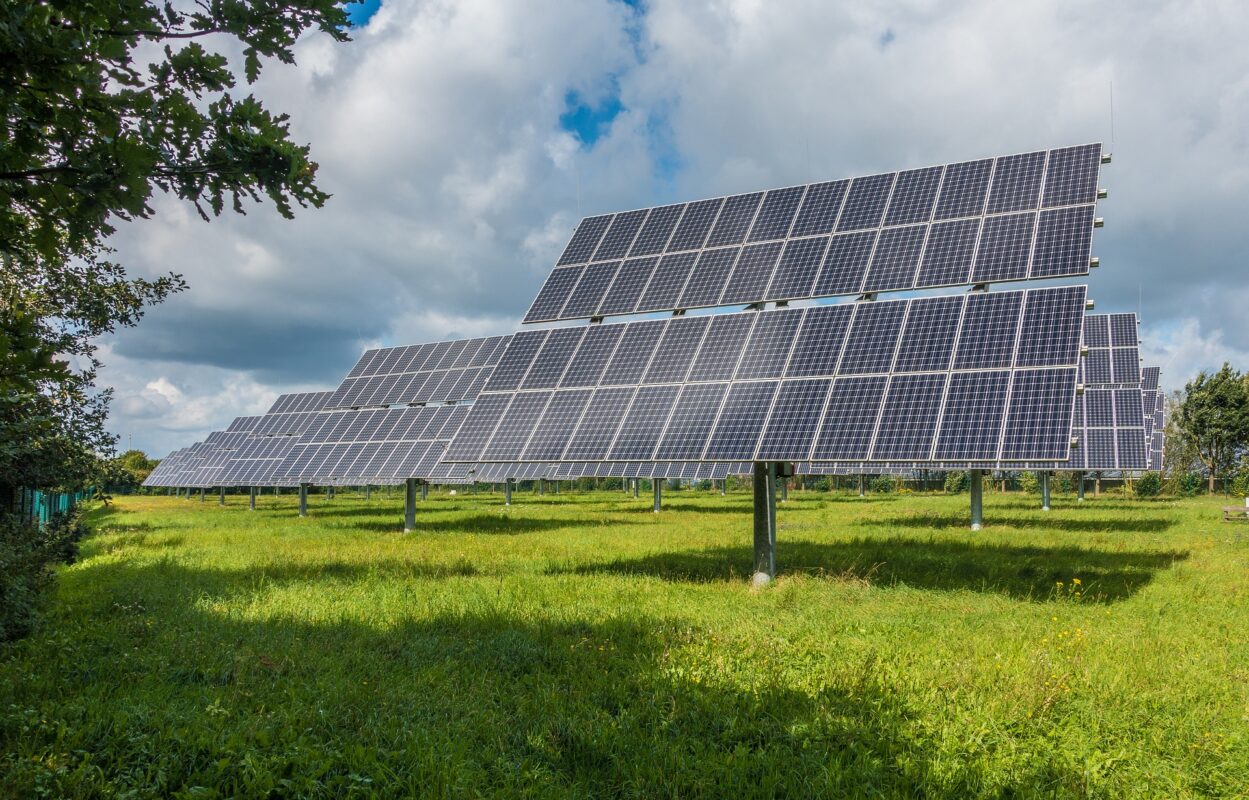
Ritchie Bland Energy Limited and Harmony Energy have set their sights on a new 49.5MW solar site in Richmondshire, North Yorkshire.
If approved by the council, the site will cover 150 hectares with 80 hectares utilised for solar panels and ancillary development. The site will likely use an existing Northern Power Grid substation on the land, which is currently used for agricultural purposes.
Speaking to Solar Power Portal, James Ritchie, director at Ritchie Bland Energy, said: “This would be a major infrastructure investment into Richmond which will provide low impact, clean renewable energy that is not only great for the environment, but will also benefit the local economy and community.”
This would be the first project undertaken by the company, which is being headed by local farmers and entrepreneurs in the Richmond area, with the intention of tapping into the opportunities offered by rural renewable energy.
“Sites like the one we are proposing can help to keep the natural beauty of the countryside whilst ensuring that we work to fight climate change,” continued Ritchie.
“We also intend to base our company locally to invest in the research and development of low impact renewable energy and storage technology, including the construction and maintenance of such sites and equipment.”
In November 2019, Harmony Energy stated it has a “large pipeline” of subsidy free solar projects, along with numerous utility-scale storage projects. It has continued to develop its portfolio through 2020, including getting the go ahead for its largest grid-scale battery to date at 49.5MW.
Ritchie said the company had been chosen as the partner for this project due to its “long track record of delivering renewable energy projects nationwide, together with a pipeline of subsidy free solar, wind and utility scale battery energy storage assets that it aims to build, own and operate in over the coming years”.
“Together, we will work closely and collaboratively with local suppliers, the local authority and local communities to ensure the maximum benefit for all.”
Following council approval, the planning will be able to progress and further environmental impact assessments conducted. When constructed, the solar site is expected to have a lifespan of 40 years.

